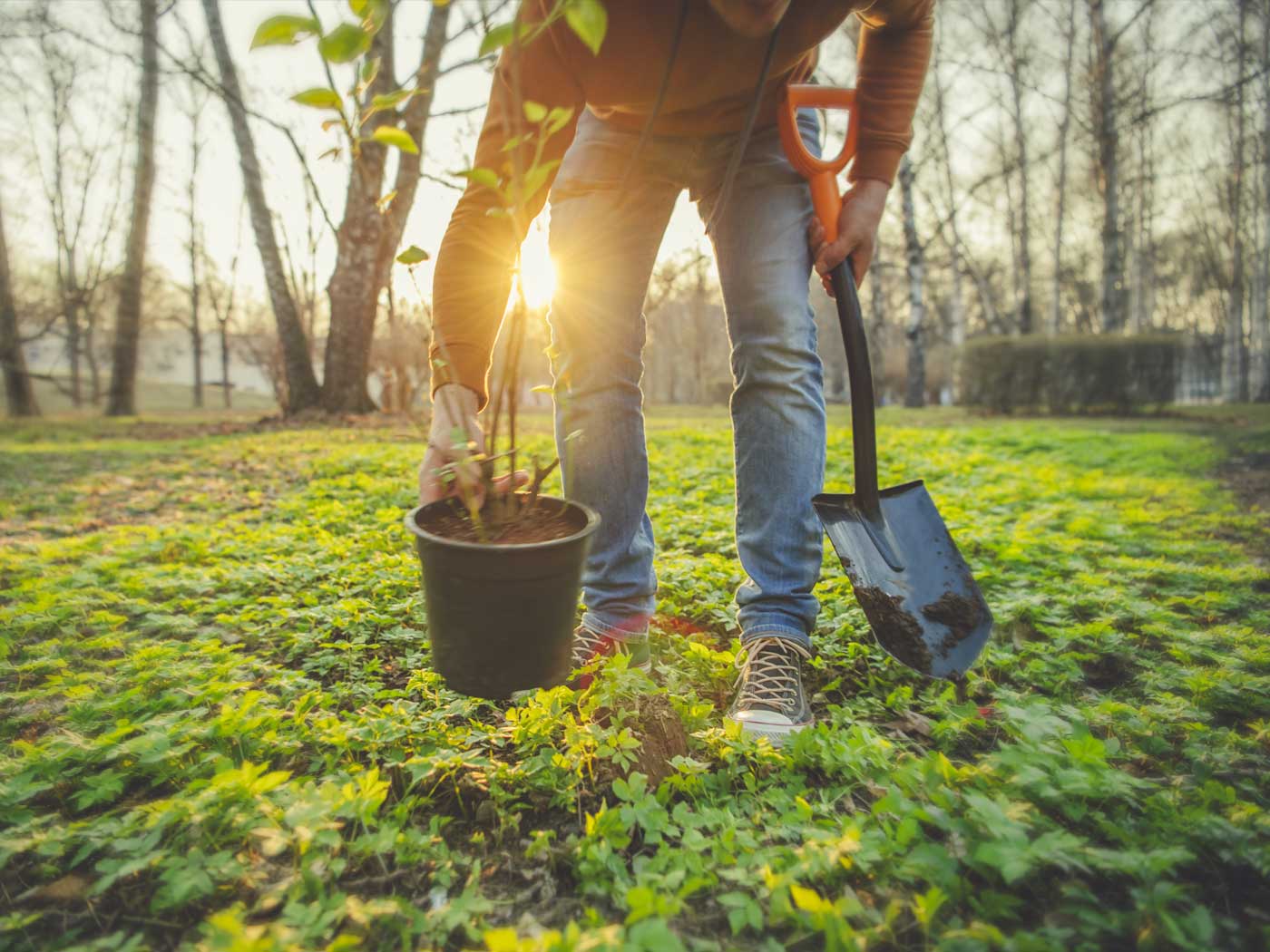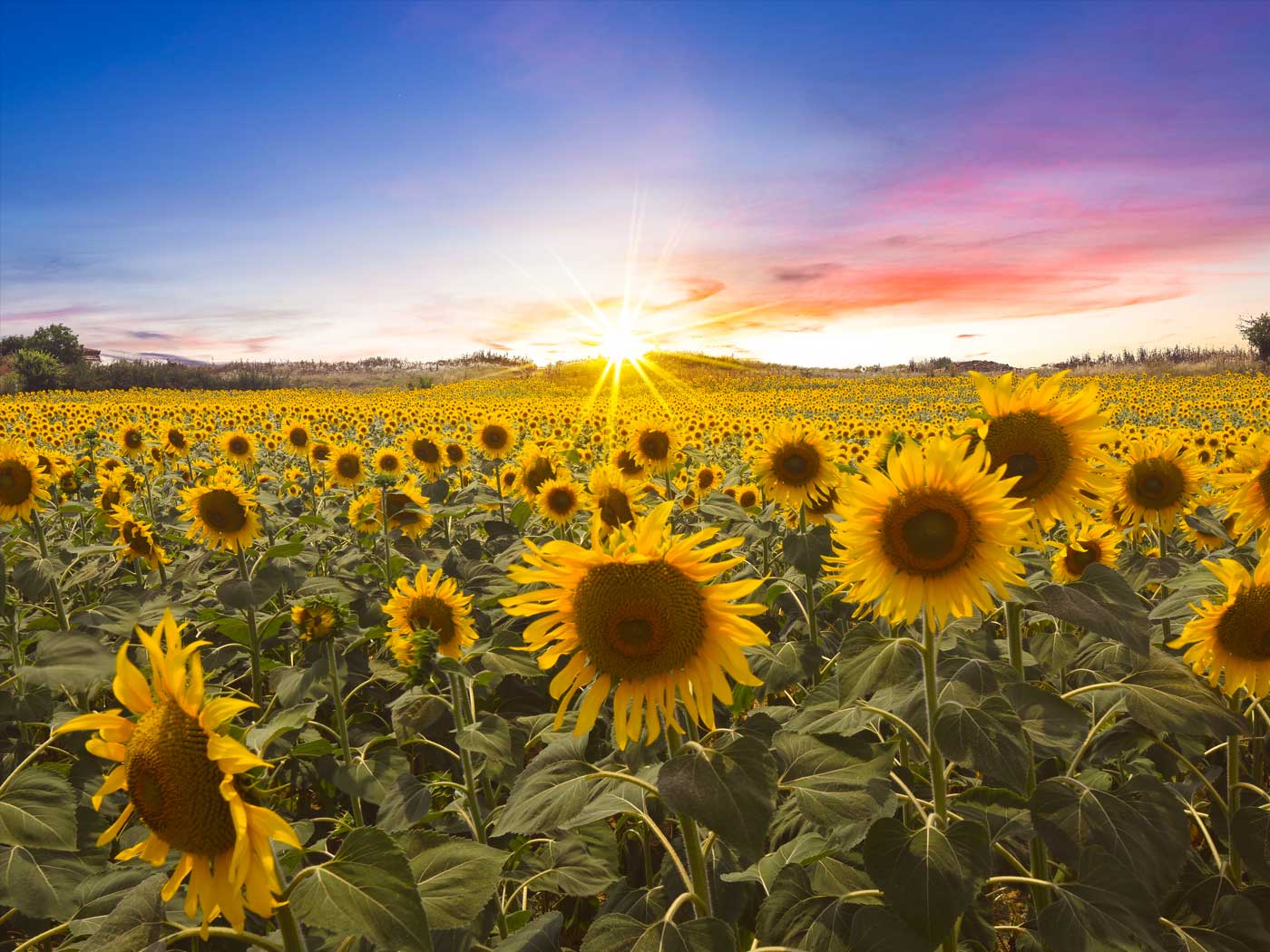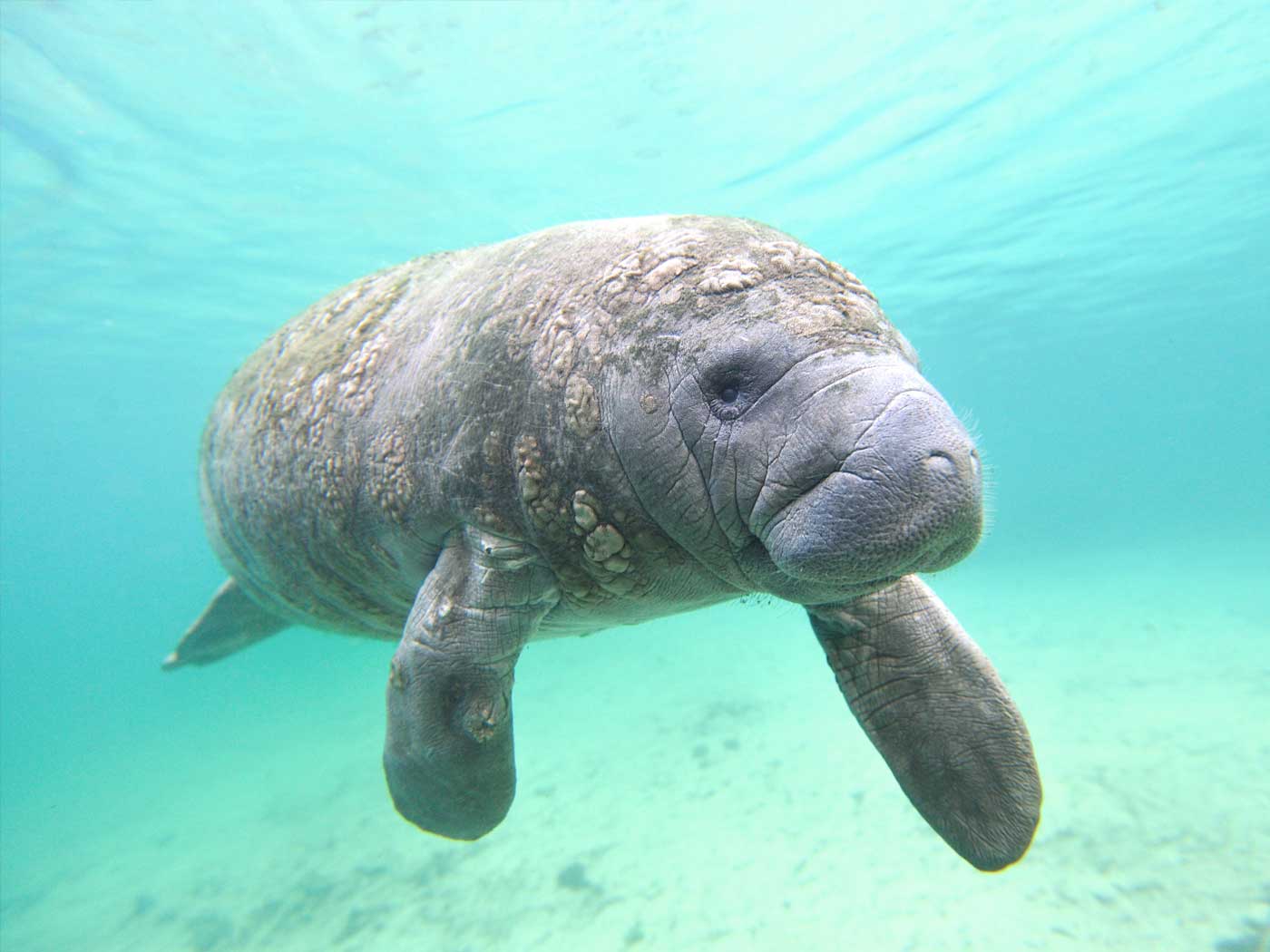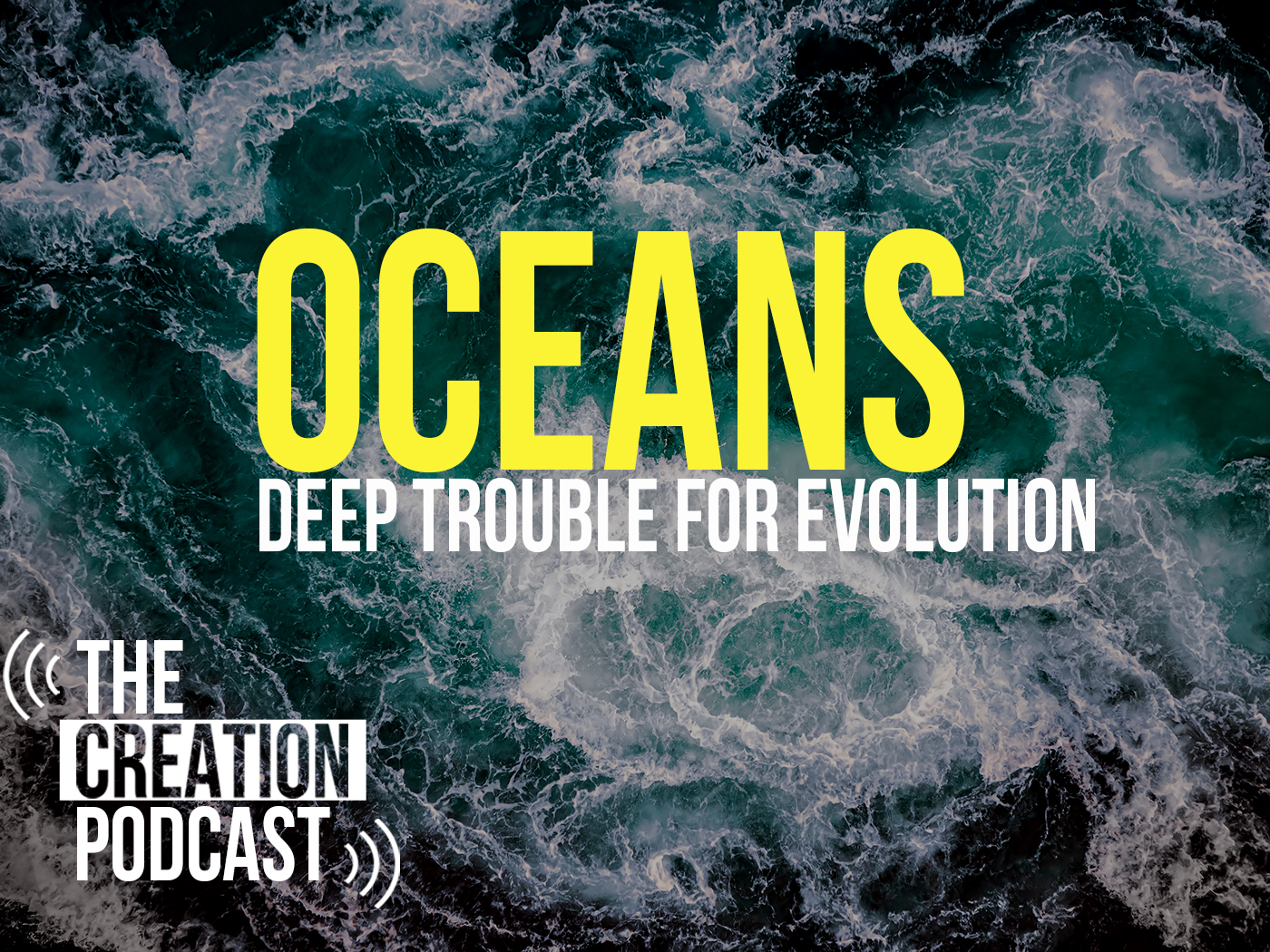Pollination is essential to a healthy planet. Humans, wildlife, and agriculture benefit enormously from the supposedly simple practice of airborne animals transferring pollen from one flowering plant to another.1,2
Plants, like animals, must create offspring for the next generation. One way they do this is by producing seeds that contain the genetic information to grow a new plant. Seeds develop when pollen is transferred between flowers of the same plant species. Pollination is the act of transferring pollen grains from the male part of a flower, the anther, to the female part, the stigma. About 80% of all plants are pollinated by pollinators, such as bats, birds and insects. The remaining 20% are pollinated by wind and water.1
Pollinators are an important part of the global ecosystem and also one of the key features of successful agriculture. In fact, it has been estimated that approximately 30 percent of the food and fiber crops grown around the globe depend upon pollinators like bees, butterflies, and other insects for reproduction.2 The fruits and seeds from these different pollinated crops provide 15 to 30 percent of the foods and beverages that humans consume.4
Pollinators are an important part of the global ecosystem and also one of the key features of successful agriculture. In fact, it has been estimated that approximately 30 percent of the food and fiber crops grown around the globe depend upon pollinators like bees, butterflies, and other insects for reproduction.2 The fruits and seeds from these different pollinated crops provide 15 to 30 percent of the foods and beverages that humans consume.4
God shows His genius in how He matches pollen-bearing plant to pollinators, designing the symbiotic relationships so that the blossoming plants benefit the pollinators as the pollinators benefit the flowering plants.5
The plants benefit from attracting a particular type of pollinator to its flower, ensuring that its pollen will be carried to another flower of the same species and result in successful reproduction.1
Consider how the Creator designed and constructed various sorts of pollinators with fitted mouth parts for acquiring nectar while pollinating flowers they visit. Plus, he provided the pollinators with the flexible visual systems they need to easily see the blossoms they visit during the season when pollination needs to occur.5
In fact, God designed diverse plants to blossom at different times during the growing season. This is an efficient arrangement, decreasing direct competition between pollinators. Also, spacing the available nectar (and pollen) over time provides a constant food supply to reward pollinators for their work.1,6 Noncompetitive positioning, also called “econiche positioning,” is the opposite of direct competition.6
With pollinators, this is further accomplished by their flowering plant preferences. Some pollinators prefer flower blossoms of certain colors, shapes, and/or scents, moreso than others, so not every flower attracts every pollinator equally.
Also, moths are famous for pollinating at night, as are bats.
God’s handiwork is not just apparent in the amazing complexity of individual creatures, but also in how they interact to form vital parts of entire ecosystems and even to keep life on this planet functioning as a whole. … scientists have just revealed the previously hidden and indispensable role that moths play in the nighttime pollination of flowers. New research just published in the journal Biology Letters shows that pollen transport networks for moths in the dark hours of the night are larger and even more complex than networks for daytime pollinators such as bees. The scientists discovered that the moths transport pollen between a large number of plants visited during the day by bees, hoverflies, and butterflies. And not only was this eye opening, but the moths also pollinated the flowers of plants not typically visited by typical daytime insects.4
Of course, it is God Who programmed flowering plants to have the colors that their blossoms showcase. The biochemistry that God uses is staggering in its daunting detail and powerful precision. All the while, it produces beauteous colors to the eye—whether that eye belongs to a human, bee, butterfly, moth, bird, or beetle. Within these complicated systems, despite evolutionists’ quixotic hopes, nothing qualitatively new is ever accomplished by mutations or other biochemical accidents.
UC Santa Barbara researchers mapped out the specialized proteins in the biochemical pathway that produces flower pigments. Many of them, as well as other supporting proteins, must be in place and fully functional for pigment to be produced. This complicated machinery manufactures a highly specified photo-reactive macromolecule. Neither this study of adaptive radiation nor any other study has yet to show how these kinds of molecular assembly lines could have formed naturally. The researchers found 34 different genes involved in the production of pigments that make the various flower colors.5
Consider now the following illustrations of pollinators, busy at work during July.
Several bird pollinators are attracted to unscented blossoms of bright yellow, orange, red, and white, especially flowers with cup-like or funnel shapes.2, 7
Bee pollinators often prefer pleasant-scented blossoms of bright white, yellow, green, or blue, especially flowers that are shallow, tubular-shaped, and/or those having a landing platform that the bees can perch on.2, 8
Butterfly pollinators are attracted to faint-scented blossoms, such as bright red, vermillion, or purple, especially if the flowers have a narrow tube shape, with a spur and a landing pad.2, 9
Moth pollinators operate at night, being attracted to strongly sweet-scented tubular-shaped blossoms that in subdued lighting appear pale, white, dull red, purple, or pink. Other moth pollinating is done in May and June.2, 10
Beetles prefer dull white, pale yellow, pale pink, yellow, or green fruity-smelling blossoms, with bowl-shaped flowers.2, 11
Pollinators are busy serving the plants they visit, and the plants reward them with nectar. This is a win-win situation, even in a fallen (“groaning”) world.
Pollinators provide services to more than 180,000 different plant species and more than 1,200 crops. That means that one out of every three bites of food you eat is there because of pollinators. In addition to the food that we eat, pollinators are needed for a majority of the native plants that provide food and habitat for other wildlife and are the foundation for healthy ecosystems.1
And this win-win world of pollination is happening this summer, during daytime and during nighttime, whether we appreciate it or not. And we should appreciate it, as ICR’s Dr. Jeff Tomkins observes:
When most people think about moths, the first thing that comes to their minds is the pesky critters that hover around their porch light at night or perhaps fly through cracked doors as unwanted house guests. But in reality, moths have proven to be the unappreciated powerhouse pollinators that take the night shift while we are all sleeping. Once again, ecological research has shown that the Creator’s complexity not only exists within the amazing design of individual creature systems, but also in their complex and critical biological networks. These networks operate at systems of interdependence and levels of complexity that we are only just beginning to understand. Psalm 150:2 aptly says, “Praise Him for His mighty acts; Praise Him according to His excellent greatness!”4
King Solomon said it well: “To everything there is a season, a time for every purpose under heaven … He has made everything beautiful in its time.”12
References
1. Reshetiloff, K. 2020. Plants and Pollinators: Can’t Have One Without the Other. Chesapeake Bay Journal. Posted on bayjournal.com June 14, 2019, updated June 17, 2020, accessed July 17, 2020.
2. Ley, E. L., S. Buchanan, L. Stritch, et al. 2020. Selecting Plants for Pollinators: A Regional Guide for Farmers, Land Managers, and Gardeners, in the Ecological Region of the Prairie Parkland (Subtropical) Province, including the States of Texas and Oklahoma. San Francisco, CA: North American Pollinator Protection Campaign, 16-19.
3. Plants depend upon seed production for procreation. This has been true since Day 3 of Creation Week (see Genesis 1:11-13). Of course, just 2 days later—on Day 5—God made flying pollinators, who serve the plants’ reproductive systems. Even bats help pollinate! “Bats effectively control insect pests and are essential to the pollination of some flowers.” Sherwin, F. 2016. The Evidence Rats Out Bat Evolution. Acts & Facts. 45(6): 10-12. Also, on Day 6 of Creation Week God made earth-bound “creeping” pollinators, such as beetles.
4. Tomkins, J. Secret Life of Moths Vital to Plant Life. Creation Science Update. Posted on ICR.org May 28, 2020, accessed July 17, 2020.
5. Thomas, B. Flower Color Changes: Evolution or Creation in Action? Creation Science Update. Posted on ICR.org July 23, 2009, accessed July 16, 2020.
6. Johnson, J. J. S. 2016. Tree-Snacking Tanagers Undermine Darwin. Acts & Facts. 45(6): 21.
7. An example of a preferred annual is the generously seeded common sunflower (Helianthus annuus). Examples of preferred perennials include the scarlet sage (Salvia coccinea), red cardinal flower (Lobelia cardinalis), purple bergamot (Monarda fistulosa), and white gaura (Guara lindheimeri).
8. Examples of preferred annuals include the blue-indigo Texas bluebells (Eustoma grandiflorum), yellow partridge pea (Chamaechrista fasiculata), yellow cowpen daisy (Verbesina encelioides), white prickly poppy (Argemone albiflora). Examples of preferred perennials include the green milkweed (Asclepias viridis), purple prairie clover (Dalea purpurea), golden dalea (Dalea aurea), white prairie clover (Dalea candida), giant goldenrod (Solidago gigantea), blue pitcher sage (Salvia azurea), golden-yellow-dominated black-eyed Susan (Rudbeckia hirta), and yellow prairie goldenrod (Solidago nemoralis).
9. Examples of preferred annuals include the red-centered/yellow-tipped Indian blanket (Gaillardia pulchella), common sunflower (Helianthus annuus), yellow cutleaf evening primrose (Oenothera laciniate), golden-wave tickseed (Coreopsis basalis). Examples of preferred perennials include the purple western ironweed (Vernonia baldwinii), giant goldenrod (Solidago gigantea), golden-yellow-dominated black-eyed Susan (Rudbeckia hirta), and yellow prairie goldenrod (Solidago nemoralis).
10. An example of a preferred perennial is the pink evening primrose (Oenothera spesiosa).
11. Examples of preferred annuals include the white prickly poppy (Argemone albiflora), yellow cutleaf evening primrose (Oenothera laciniate), meadows pinks (Sabatia campestris), yellow cowpen daisy (Verbesina encelioides). Examples of preferred perennials include lanceleaf coreopsis (Coreopsis lanceolata), giant goldenrod (Solidago gigantea), and yellow prairie goldenrod (Solidago nemoralis).
12. Ecclesiastes 3:1, 3:11a.
*Dr. Johnson is Associate Professor of Apologetics and Chief Academic Officer at the Institute for Creation Research.









































